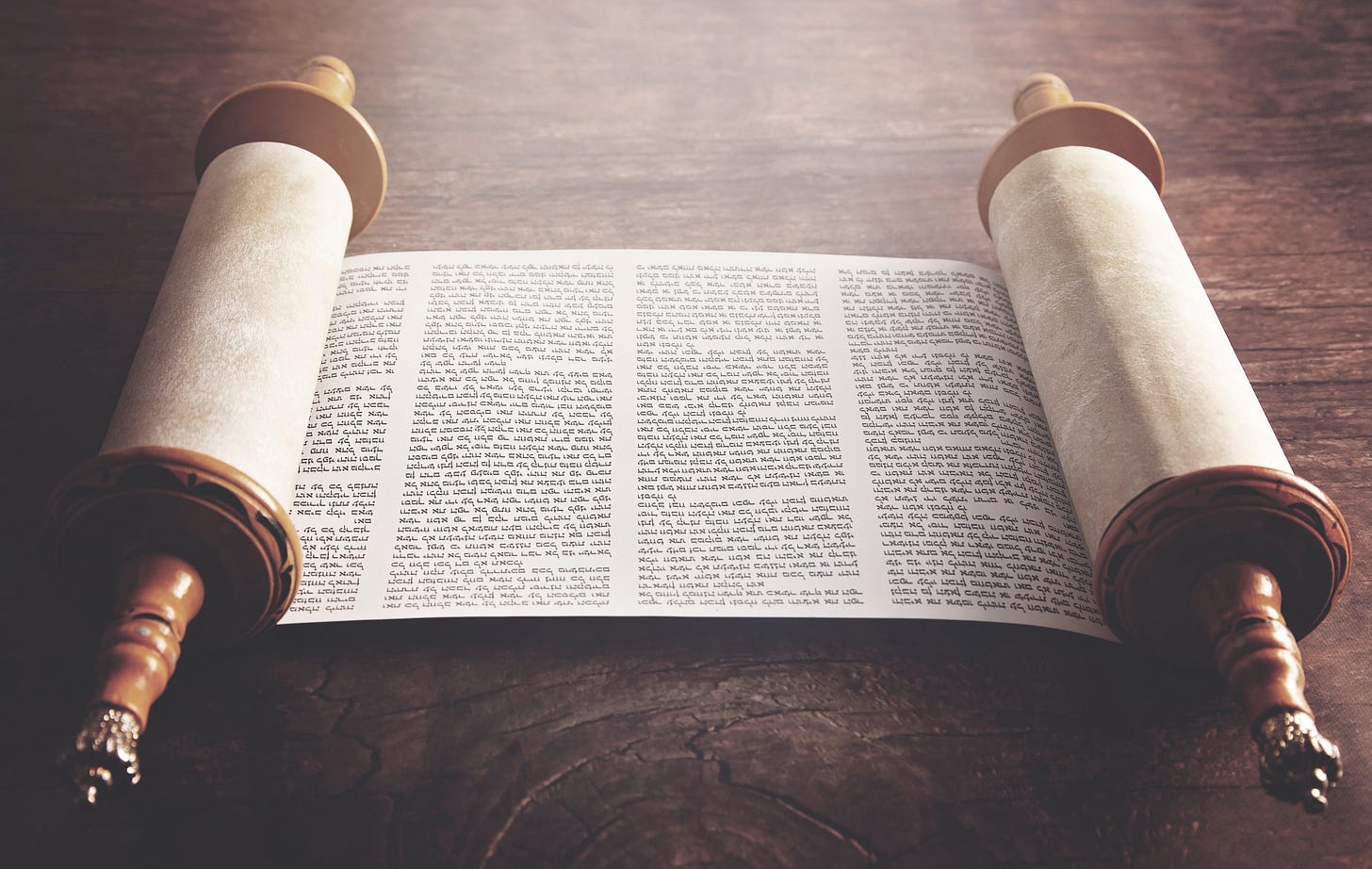The Bible in Four Dimensions: A Jewish Lens on Scripture and the Revelation of Yeshua
Unlocking the Bible’s Hidden Depths: A Jewish Secret That Changes Everything
Imagine holding a prism to a beam of light—what once appeared as a simple ray suddenly bursts into a spectrum of colors, revealing depths and dimensions previously unseen. For many, the Bible is a cherished but sometimes perplexing book, a collection of stories, laws, and teachings that can feel fragmented or even contradictory. Yet, when we approach it through the lens of Jewish tradition—a perspective steeped in history, reverence, and a meticulous love for the text—it transforms. The Scriptures become four-dimensional, alive with layers of meaning that not only resolve apparent tensions but also draw us closer to the heart of God. And at the center of this vibrant tapestry, I see Yeshua (Jesus), the promised Messiah, as the fulfillment of these ancient words, illuminating their purpose with breathtaking clarity.
As someone shaped by Jewish tradition and ignited by faith in Yeshua, I invite you to join me on this journey. Let’s explore how reading the Bible “like a Jew”—with an eye f…
Keep reading with a 7-day free trial
Subscribe to Sergio DeSoto to keep reading this post and get 7 days of free access to the full post archives.



